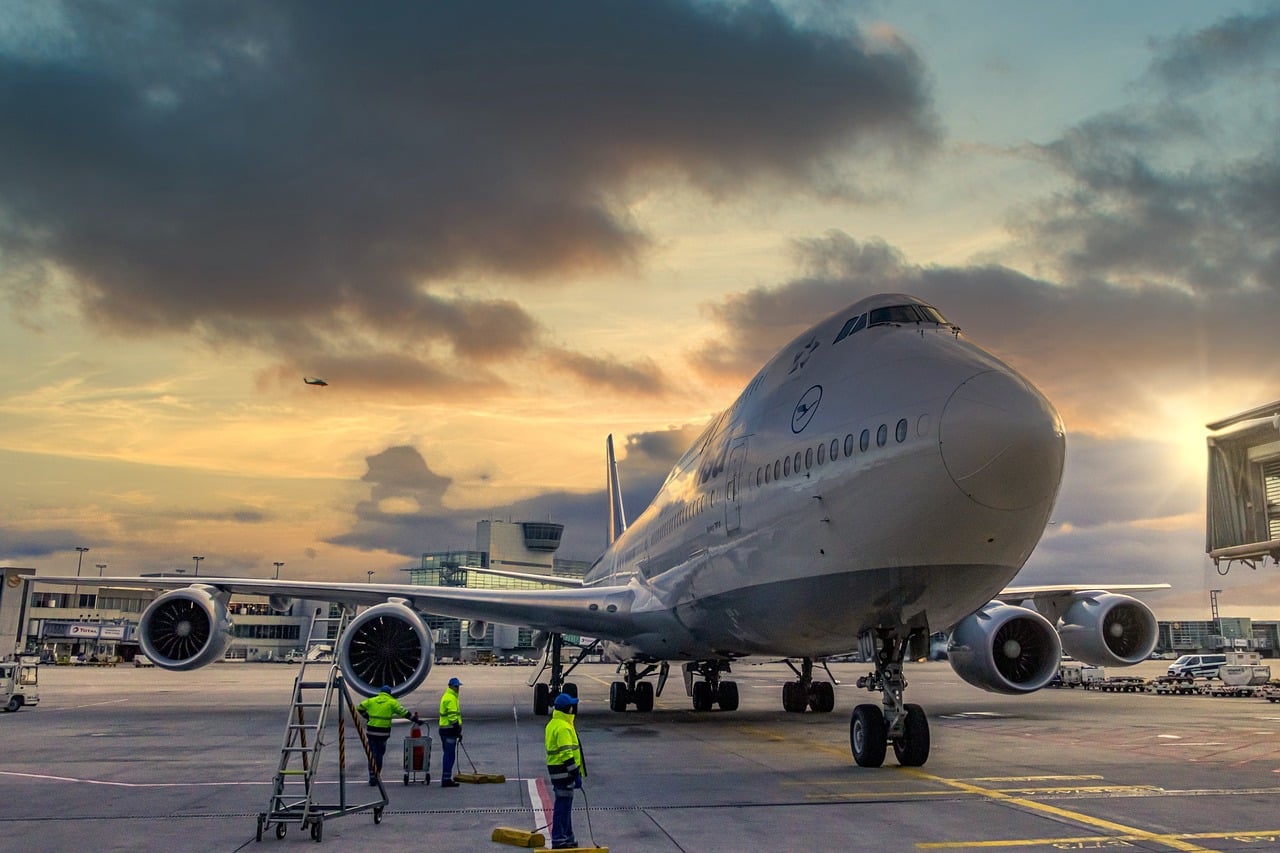Aerospace
Why is aircraft maintenance so expensive? Here are the details

Aircraft maintenance is an essential process that ensures the safety and airworthiness of an aircraft. The cost of aircraft maintenance can be quite high due to several reasons:
- Specialized Equipment and Skilled Labor: Aircraft maintenance requires specialized equipment and skilled labor, such as certified mechanics, engineers, and technicians, who have undergone extensive training and certification processes. These professionals work with precision and accuracy, using expensive tools and equipment to carry out maintenance and repair tasks.
- Extensive Inspection Requirements: Aircraft have extensive inspection requirements that need to be carried out at regular intervals to ensure their safety and compliance with regulations. These inspections involve the use of specialized equipment such as borescopes, which are used to inspect the interior of the engine, and other testing equipment that needs to be maintained, calibrated, and replaced when necessary.
- High-Quality Parts and Materials: The quality of parts and materials used in aircraft maintenance is crucial for ensuring the safety and airworthiness of the aircraft. The parts and materials used need to meet strict standards and regulations, which often come with a higher price tag than standard commercial parts.
- Compliance with Regulations: Aircraft maintenance is highly regulated by aviation authorities such as the Federal Aviation Administration (FAA) and the European Aviation Safety Agency (EASA). These regulations impose strict standards and requirements for maintenance and repair, which can lead to additional costs to ensure compliance.
- Research & Development: The component of the airplane was designed after extensive research and rigorous testing under challenging conditions under various climatic conditions. These parts are pricey for that reason.
- Downtime Costs: Aircraft maintenance can cause aircraft downtime, which can lead to lost revenue for airlines and operators. As a result, maintenance tasks are often scheduled during off-peak periods, which can cause additional logistical and scheduling challenges.
- Maintenance schedules: Companies develop a poor maintenance reputation through their maintenance schedules. Several “suggested” schedules must be followed, though the operator occasionally rescinds them. Instead of changing the parts as they reach their manufacturer’s limit, they are essentially pushing them to the point of breakdown. Unscheduled maintenance takes longer to fix, which results in significant losses for the airplane operator.
- Airworthy: For parts to be regarded as airworthy, at least in civilian markets, they must be certified. Experimental flyers don’t have as much money or fly for profit, despite the fact that this expense is genuine, so a manufacturer may raise the price greatly as a kind of price discrimination.
- Expensive components: It is possible to swap out expensive components for more affordable ones, but doing so may require the pilot to interact with the new components, incurring additional training and familiarisation costs. This is preferable to just asking the pilot to figure it out on the fly.
- Accountability: The major cost is accountability. A certified technician is required to sign off in the maintenance log each time they approach or touch an aircraft for maintenance. The risk that an airplane maintenance shop is exposed to is astonishing. The insurance premiums that an airplane mechanic pays are nowhere approaching those of a brain surgeon or a heart surgeon. Indeed, his store does. And the mechanic at the Ford dealership makes more money than the technician who works on airplanes. You will pay a LOT of money to engage an experienced shop to look into the aircraft maintenance logs if your business is considering purchasing or leasing a multi-million dollar aircraft.
All these factors contribute to the high cost of aircraft maintenance, but they are necessary to ensure the safety and airworthiness of the aircraft, which is critical for the aviation industry.

Aerospace
When Ratan Tata was denied entry to the airfield at the Aero India show, he waited

During our visit to Aero India 2019, we had the unexpected opportunity to see Ratan Tata at the event, which was a thrilling moment for us. However, there was a surprising hiccup when the security staff didn’t allow him to enter due to a lack of a security pass.
Despite this, he remained calm and patiently waited for about 20 minutes until a member of the Tata team brought him the required pass, after which he calmly proceeded inside. It was a humbling sight, showcasing his composed demeanor even in such situations.
Ratan Tata ji is not only a renowned industrialist but also a trained pilot, holding a pilot’s license. In 2007, he became the first Indian civilian to fly the F-16 Falcon during the Aero India show in Bangalore—a proud moment for the nation.
His passion for aviation extended beyond flying, as he played a key role in shaping India’s aerospace industry. Under his leadership, Tata ventured into manufacturing and maintaining aerospace components while upholding its legacy of quality. Notably, Tata’s collaboration with Airbus to develop and manufacture the C295 aircraft is a testament to its growing influence in the sector.
-

 Aviation2 months ago
Aviation2 months agoMicrosoft Flight Simulator Raises $3 Million to Bring Back the An-225 Mriya
-

 Airlines2 months ago
Airlines2 months agoQatar Citizens Can Travel to the United States Without a Visa
-

 Aviation2 months ago
Aviation2 months agoQatar Airways bans these new Electronic Devices on plane
-

 Airlines2 months ago
Airlines2 months agoJapan Airlines Rolls Out Free Domestic Flights to International Passengers
-

 Defence2 months ago
Defence2 months agoWhich Country Has the Largest Fleet of Fighter Aircraft?
-

 Airport2 months ago
Airport2 months agoWestern Sydney Airport Welcomes Its First Plane After 6 Years of construction
-

 Travel2 months ago
Travel2 months agoQatar Airways Launches Four Additional Flights from Amsterdam
-

 Aviation2 months ago
Aviation2 months agoDid you know ? Once Boeing 747 carried 1088 passenger in 1991








